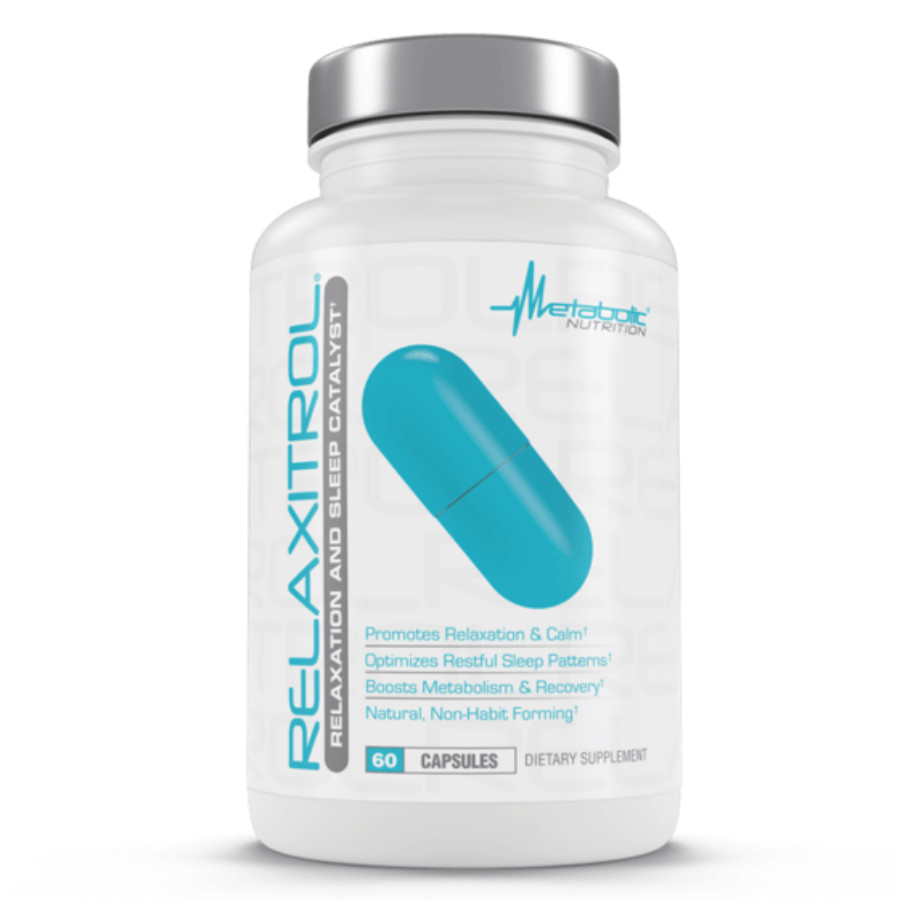What do omega 3 acids do for your body?
It is worth including omega 3 acids in our everyday diet, as they are precious for our body. What do omega 3 acids do? The following list of values will be the best answer.
-They support the brain’s work – it turns out that they have a substantial effect on the functioning of the nervous system – they positively influence the processes of thinking, remembering or understanding. In addition, taking the right amount of omega 3 reduces the risk of Alzheimer’s disease.
-Anticancer effects activate genes responsible for the functioning of the immune system and block the development of cancer, especially breast, uterus, colon, prostate and pancreas cancer.
-They support the work of the heart – they thin blood, thanks to which blood cells do not adhere to damaged walls of vessels, which, in turn, prevents the formation of blockages and clots. Moreover, omega 3 acids lower the level of LDL cholesterol (bad cholesterol), raise HDL cholesterol (good cholesterol) and lower blood pressure.
-They improve the functioning of the organ of vision – they are one of the essential components of the retina of the eye – lack of omega 3 causes severe problems with vision, including macular degeneration.
-They strengthen bones and joints – they reduce the risk of arthritis and ailments connected with rheumatological diseases. Additionally, they significantly influence the structure and condition of bones because they support the absorption of calcium.
-They improve the skin condition – especially in the case of atopic dermatitis or psoriasis, but also hair and nails.
-They strengthen immunity and prevent allergies – by stimulating the immune system.
-They restore hormonal balance.
-They help get rid of toxins from the body.
-Significantly affect the improvement of mood and minimize the risk of depression.
-They are essential in the diet of pregnant women and breastfeeding mothers – the proper level of omega 3 acids in the diet is necessary not only for the mother but mainly for the child – it supports, among others, brain development and work. Children with no EFA deficiency develop better, do not have problems with concentration, and are more efficient physically.
Since polyunsaturated fatty acids are valuable, what foods have omega 3 acids?
Let’s start with the fact that the body does not produce DHA acids on its own, so we have to supply them from the outside. Most of these substances can be found in marine fish, such as herring, mackerel, salmon, sardines, sprats, tuna or cod, and in seafood, such as shrimp and caviar. However, the primary source of ALA alpha-linolenic acids will be walnuts, almonds, rapeseed oil, soybean oil, peanut oil, flaxseed oil, linseed oil, green leafy vegetables, soybean oil, algae or chia seeds. The diet alone is often not enough to provide our body with the right amount of omega 3 acids, so it is also worth thinking about proper supplementation.
In addition, it should be remembered that polyunsaturated fatty acids are destroyed during heating. Thus, omega 3 acids fulfil their function only when consumed cold, without prior heat treatment.
What is the body requirement for omega-3 fatty acids?
According to the recommendations of the Food and Nutrition Institute, the daily norm of omega-3 fatty acids depends on age and should be
in infants and young children (from 7 to 24 months) – 100 mg;
in children – from two years of age, adolescents and adults – EPA and DHA 250 mg;
pregnant women and breastfeeding mothers – EPA 250 mg, DHA 100 – 200 mg.
So how do you make up for the lack of polyunsaturated fatty acids? Specialists recommend enriching the daily diet with an appropriate amount of marine fish and other vital food rich in omega 3 acids and the use of proper supplementation, especially during the autumn and winter periods. In the case of supplements, it is worth betting on reputable brands and proven stores. It is a guarantee of safety!





